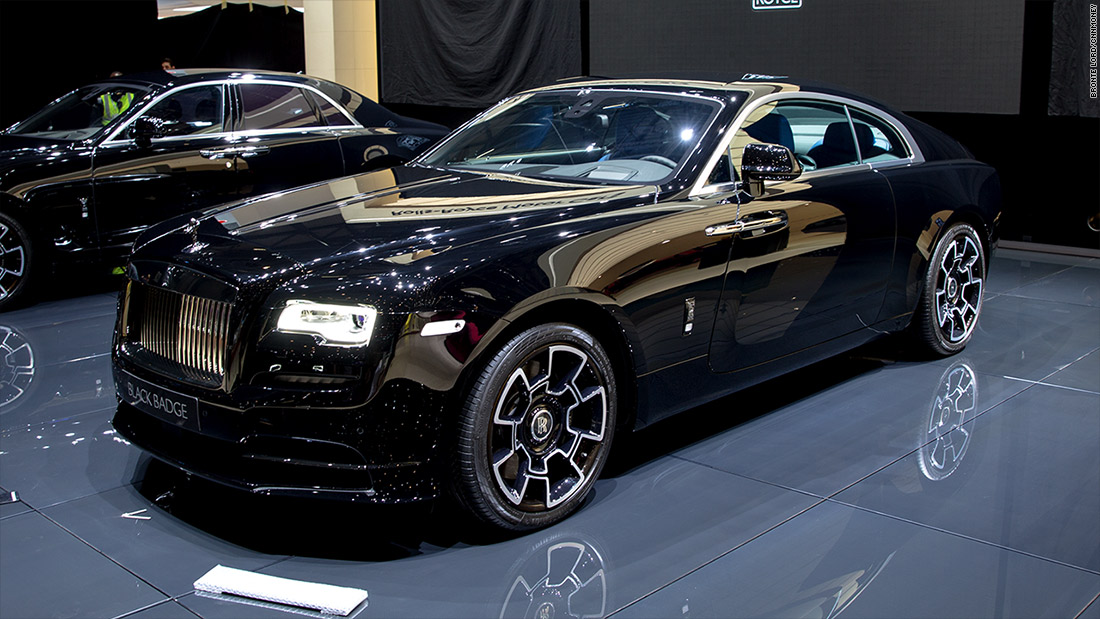As part of the Deliberation Nation, I attended the deliberation “Pregame to Parties, Crawls to Pong: Does America Have A Drinking Problem?”. The discussion was focused on the American drinking problem that has existed for years. The main issue is that “drinking is ingrained in our culture”. The primary goal was to consider the pros of a standardized drinking age, the cost of it, and its influence on American society. However, alcohol consumption is a problem regardless of age within the U.S. and whether or not someone is 21 or not is the largest issue. The three approaches of social drinking comparisons, the physical effects of alcohol, and alcohol-related policies were all equally important.
The first approach was on social drinking comparisons among other countries. The drinking culture in the U.S. is considerably different from that of other countries throughout the world. Social media and the alcohol industry create advertisements that glorify drinking and make it seem high. They ignore all of the cons of drinking and only show the “pros”. This is a huge issue on college campuses where this culture is optimized, and the behavioral drinking problem grows. At many colleges, students drink to excess and blackout which is very dangerous and is an activity maintained throughout the year. America needs to wake up to the way we view alcohol and drastically change our view.
The second approach was on the physical effects of alcohol. Alcohol can have very damaging effects and usually will with continued excessive drinking. Effects are slowly damaging the liver and impairing motor skills. Drinking can also negatively impact academic and professional performance. Which can result in failing classes all the way to losing your job. The legal drinking age of 21 does a good job outside of colleges campuses to help mitigate the problem. However, on many college campuses, student have very easy access to alcohol no matter the age. Students need to be informed about how dangerous alcohol really can be.
The third approach was on alcohol-related policies that could and should be implemented. Unfortunately, these policies typically are to late as they are in response to something. These laws and policies need to be created before something terrible happens. They need to be also enforced so that students and people take them seriously. In the U.S., there is a huge problem with keeping drinking at colleges safe and to a minimum. Penn State is beginning to crack down, but it was not preemptive. Schools should not wait for students to die to take action.
In all, I found the deliberation “Pregame to Parties, Crawls to Pong: Does America Have A Drinking Problem?”. ” to be fascinating and insightful. The three approaches all had good points but together seemed like a very solid plan to fix the drinking issue in America.




















